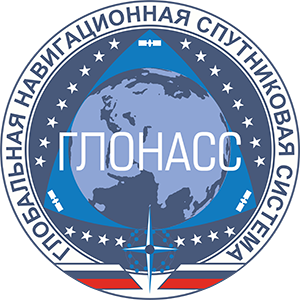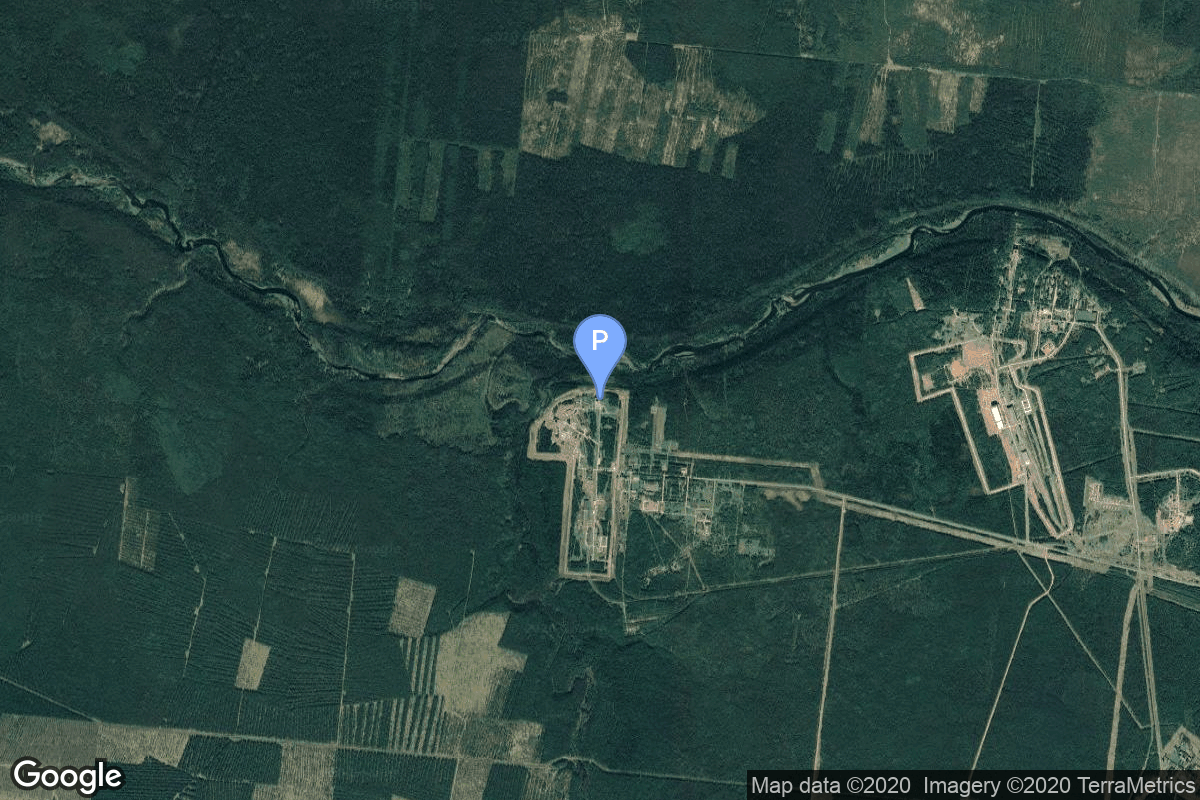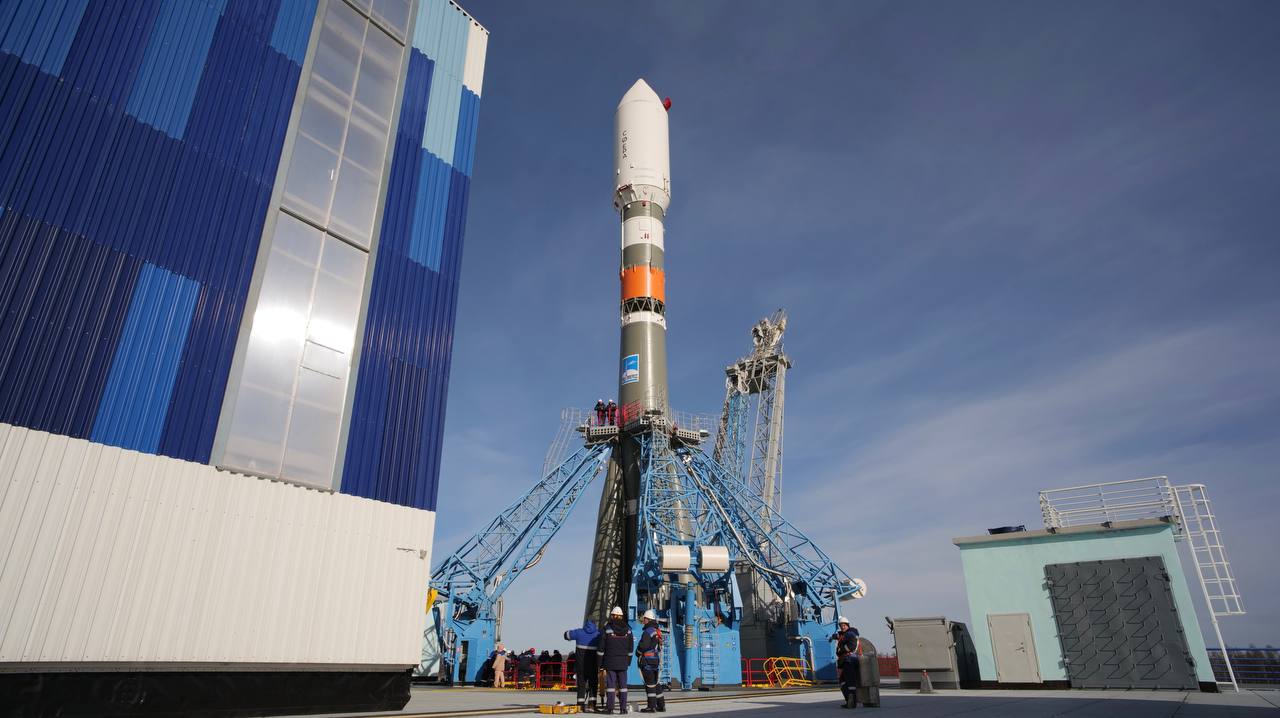Glonass-K1 (Kosmos 2501)
Soyuz-2.1b/Fregat
Russian Aerospace Defence Forces
Mission
Glonass-K1 (Kosmos 2501)
- Type: Navigation
- Orbit: Medium Earth Orbit
- Launch Cost: $80,000,000
Glonass-K are the third generation of satellite design for GLONASS satellite navigation system. GLONASS is a Russian space-based navigation system comparable to the similar GPS and Galileo systems. This generation improves on accuracy, power consumption and design life. Each satellite is unpressurized and weighs 935 kg, and has an operational lifetime of 10 years.
Location
43/4 (43R)
Plesetsk Cosmodrome, Russian Federation
43/4 (43R) has witnessed the launch of 319 rockets, including 319 orbital launch attempts, while Plesetsk Cosmodrome, Russian Federation, has been the site for 1667 rocket launches.
Rocket
Progress Rocket Space Center Soyuz 2.1b Fregat
Soyuz-2, GRAU index 14A14, is the collective designation for the 21st-century version of the Russian Soyuz rocket. In its basic form, it is a three-stage carrier rocket for placing payloads into low Earth orbit. The first-stage boosters and two core stages feature uprated engines with improved injection systems, compared to the previous versions of the Soyuz. Digital flight control and telemetry systems allow the rocket to be launched from a fixed launch platform, whereas the launch platforms for earlier Soyuz rockets had to be rotated as the rocket could not perform a roll to change its heading in flight.
The Soyuz 2.1b represents the latest development stage of the proven rocket.
It uses the new RD-0124 engines in the first three stages, coupled with an improved injection system that significantly boosts the performance of the Soyuz.
Furthermore, she wears a new, digital startup control system.
This will allow the Soyuz 2.1b to carry around 1.2 tonnes more payload into low earth orbit compared to its predecessor.


